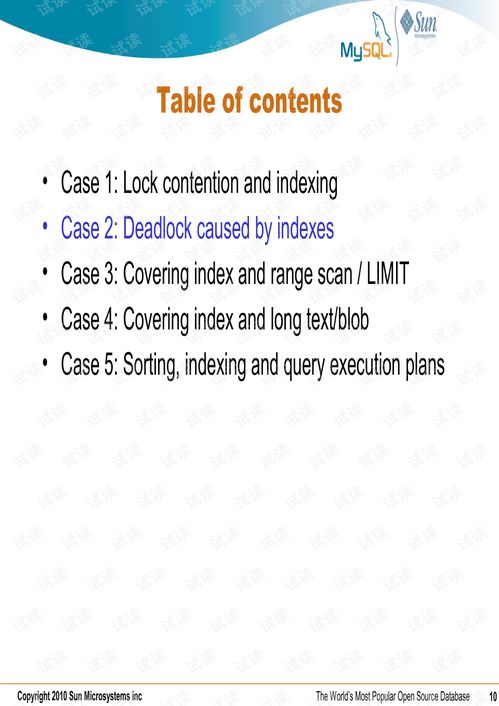Introduction:
Sea fishing, with its vast and mysterious depths, offers anglers a thrilling challenge and a rewarding experience. Among the various fishing techniques, using a hand rod is a popular choice for its simplicity and effectiveness. This article will delve into the essential techniques and tips for using hand rods in sea fishing, ensuring you're well-equipped for your next adventure on the high seas.
Understanding Hand Rods:
Before diving into the fishing techniques, it's important to understand what a hand rod is. A hand rod, also known as a spinning rod, is a lightweight and flexible fishing rod designed for casting and retrieving lighter lures and baits. It is typically used for species like marlin, tuna, and other saltwater fish.
Choosing the Right Hand Rod:

Selecting the right hand rod is crucial for a successful sea fishing experience. Here are some factors to consider:
Length: The length of the rod should match the type of fish you're targeting. Longer rods are better for casting long distances, while shorter rods are more maneuverable in tight spaces.
Action: The action of the rod refers to how it bends when pressure is applied. Fast-action rods are ideal for quick strikes and hard-fighting fish, while slow-action rods are better for more delicate presentations.
Power: The power of the rod indicates its strength and ability to handle heavy fish. Choose a rod with sufficient power to handle the fish you're targeting.
Material: Graphite and composite materials are popular choices for hand rods due to their lightweight and durability.
Techniques for Using Hand Rods:
Casting:
- Backcast: Hold the rod at a 45-degree angle, then swing it back over your head. As the rod reaches the back of your head, stop the swing and let the line unwind off the reel.
- Forward Cast: Begin with the rod at a 45-degree angle, then swing it forward with a smooth, continuous motion. The key is to maintain a steady line speed to achieve accurate casts.
Landing:
- When a fish strikes, set the hook quickly by applying firm pressure to the line.
- Guide the fish to the boat by applying steady pressure, avoiding sudden movements that could cause the fish to break free.
Reeling:
- Use a slow, steady reel speed to avoid tangling the line.
- If the fish is particularly strong, apply more pressure to the rod and reel faster to bring it in.
Tips for Effective Sea Fishing with Hand Rods:
Leader Length: Use a leader of appropriate length for the species you're targeting. A longer leader can help avoid spooking fish, while a shorter leader is more effective for targeting smaller fish.
Bait Selection: Choose baits that are natural and attractive to the fish you're targeting. Live bait, such as small fish or squid, can be particularly effective.
Weather Conditions: Check the weather forecast before heading out. Strong winds and high waves can make casting and landing fish more challenging.
Safety First: Always prioritize safety when sea fishing. Wear a life jacket, be aware of your surroundings, and have a plan in case of an emergency.
Conclusion:
Using a hand rod for sea fishing can be a fulfilling and enjoyable experience with the right techniques and tips. By understanding the basics of hand rods, mastering the casting and landing techniques, and following safety guidelines, you'll be well on your way to becoming a proficient sea angler. Happy fishing!












